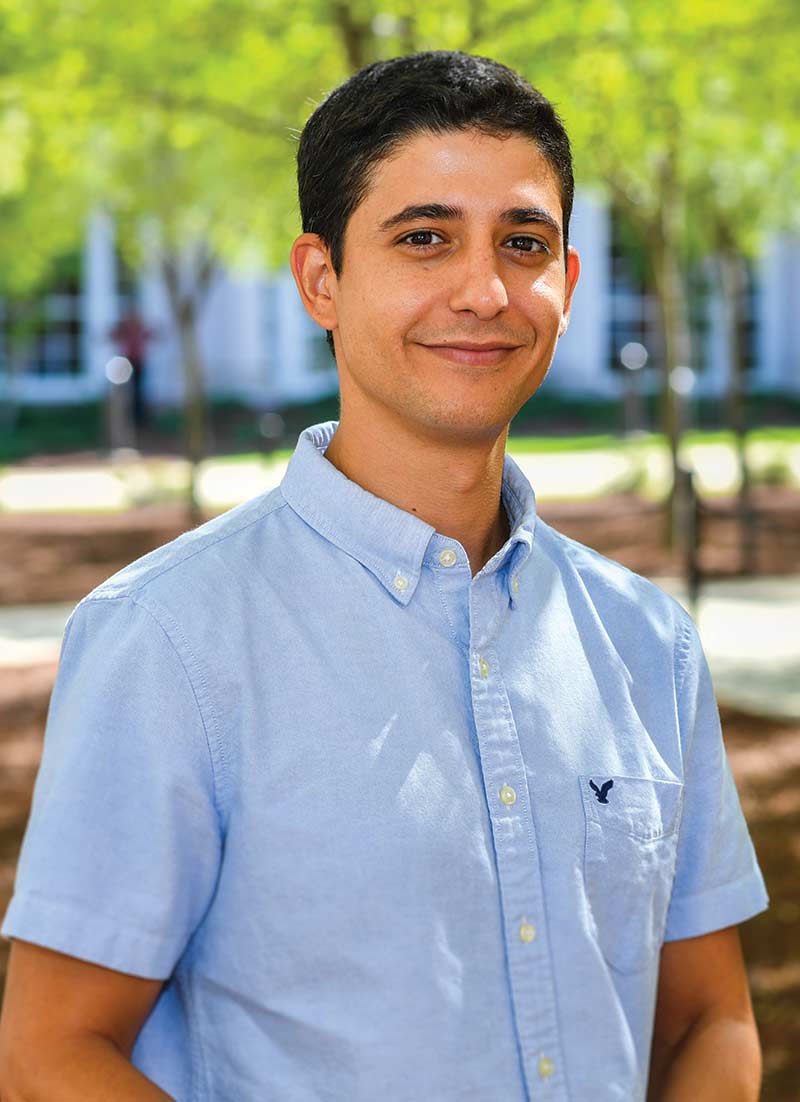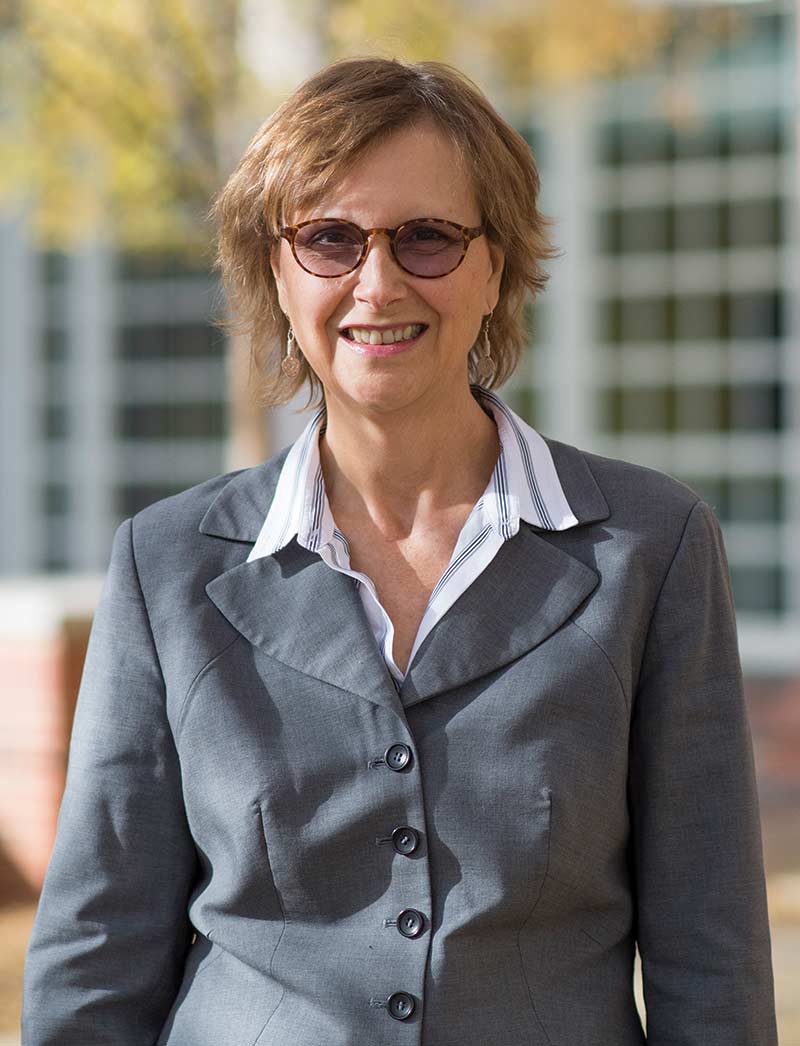When the COVID-19 pandemic struck in the spring, Auburn researchers adapted to the rapidly changing research environment, utilizing best practices in safety procedures to carry on with essential research programs.
Auburn faculty evaluate COVID-19 public health order compliance
Article body
Two faculty members in the Auburn Samuel Ginn College of Engineering were awarded a $145,000 National Science Foundation grant to evaluate the public’s compliance with public health orders related to the COVID-19 pandemic by looking at social media behavior.
The effectiveness of these orders at slowing the spread of the virus is still being evaluated and largely depends on how the public responds to them. The faculty are using this data to create a simulation to help policymakers improve mitigation strategies in the future.
The research project, “Quantifying Social Media Data for Improved Modeling of Mitigation Strategies for the COVID-19 Pandemic,” is led by Assistant Professor Dr. Konstantinos Mykoniatis and Dr. Alice Smith, the Joe W. Forehand/Accenture Professor, both in the Department of Industrial and Systems Engineering. The two are collaborating with Dr. Anastasia Angelopoulou, assistant professor of computer science at Columbus State University, to collect social media data, analyze the data to identify patterns and build a simulation model to evaluate the effectiveness of different mitigation strategies.
“The majority of mitigation strategies and policies are based on assumptions and how well a model can predict a specific situation depends on those assumptions,” said Mykoniatis, the principal investigator on the project. “Most of these models have very oversimplified assumptions — namely that all people will follow a specific engagement strategy or public health order. We thought that, by studying the human behavior exhibited on social media, we could get a more accurate representation of how willing people are to follow these strategies and comply with these orders.”
By collecting social media posts related to certain keywords such as “COVID-19,” “coronavirus” or “pandemic,” the researchers aimed to group the data by like characteristics, including demographics and geographic location. Understanding correlations between an individual’s identifying characteristics and the degree to which like-minded people comply or resist shelter-in-place orders can help policymakers shape messaging to counteract potential resistance.
“We’re going to concentrate on Twitter to try to build relationships about different clusters of people and their reactions to public health recommendations that might lead them to a certain degree of compliance or active resistance,” said Smith, the project’s co-principal investigator. “We’re going to see what we can find out about the differences that can be used in models to ascertain the relative success or failure (noncompliance) of certain mitigations that could be proposed and understand for a given grouping of people or community of people that certain strategies are going to be preferred over others and why.”
The team is also evaluating the role that rumors and false information about the coronavirus pandemic have played in determining the effects of compliance behavior.
Once the raw data is collected, Smith will analyze and cluster the data using unsupervised machine learning techniques. Mykoniatis will then use the findings to build a hybrid dynamic simulation model that can be used to evaluate the effectiveness of future messaging campaigns. The results will be made available to the public when the project ends in 2022.
“With this simulation approach, we’re considering how these groups of like-minded individuals behave and react to certain strategies and how likely they are to follow these types of orders going forward,” Mykoniatis said.



